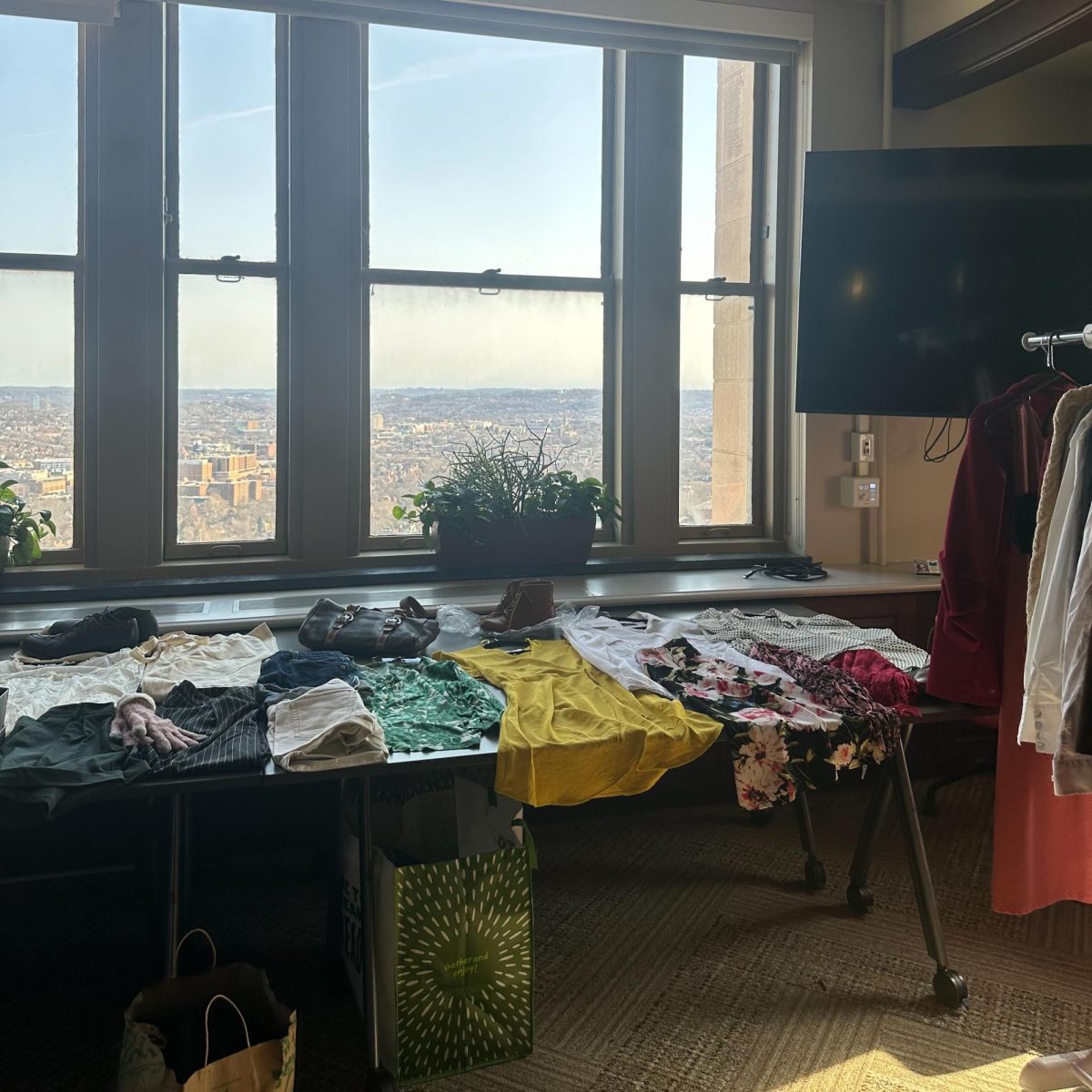Club sports game space not restricted at other universities
October 13, 2011
As the club sports teams at Pitt continue their push for access to game space at the Petersen… As the club sports teams at Pitt continue their push for access to game space at the Petersen Sports Complex, the Athletic Department insists that it will not open up access to varsity-designated fields.
But club team leaders have recognized other universities’ leniency in allowing club sports teams to use the varsity fields as an example of what they would like Pitt to do for club teams.
Last month, the Pitt men’s soccer club president, Ray Ludwig, approached SGB to help appeal for use of the Ambrose Urbanic Field.
But the Athletic Department has made it clear that the game space at the Petersen Sports Complex, home to the Ambrose Urbanic Field, varsity baseball’s Charlie L. Cost Field and softball’s Vartabedian Field, is not intended for club sports game use.
Athletic Department spokesman E.J. Borghetti said that during the development of the Petersen Sports Complex, the University and Athletic Department decided it would only be used for varsity competitions. They decided to open up the Trees Field area year-round for recreational sports.
Yet at neighboring school Carnegie Mellon, cooperation between sport clubs and administrators for varsity field use is commonplace.
Sara Gauntner, the assistant director of athletics for instruction programs and recreation at CMU, said that club sports are constantly sending in requests to use varsity fields. Gauntner coordinates times for students to use the athletic facilities and organizes field usage with a new schedule every two weeks. This is in addition to physical education classes and varsity teams who use the university’s athletic areas.
Gauntner said that she considers it a natural privilege for all university students to be able to use the fields.
“Of course they use our facilities, because there’s nowhere else for them to go,” she said, dismissing the idea of renting an independent field for more than $1,300 per day, the way Pitt club teams do.
The Pitt men’s soccer club currently resorts to renting a facility for about $1,300 per day in order to participate in tournaments. It requests money from SGB because the Cost Center fields do not meet regulations for its games.
Of course, CMU’s competitive varsity teams get first priority for field use, but Gauntner rations out time slots when the fields are available for nonvarsity students to use facilities, as well.
“We try to give them as much time as we can, and we’re pretty flexible,” she said.
Considering the thousands of students participating in club teams every year, Gauntner said she gladly shoulders the extra effort to ensure students maximize use of their university’s facilities.
“We have a pretty good balancing act on it,” she said. “We make it work.”
Penn State also provides fields for club sports, although they don’t necessarily share the same facilities as varsity sports.
According to Tommy Otterbine, Penn State’s club sports program coordinator at University Park, both varsity teams and sports clubs fall under the Intercollegiate Athletic Department at Penn State and, as such, are all provided with facilities for use.
“That’s not to say all of the facilities are shared,” he said. “There are some that only varsity use. On the other hand, there are some that only clubs use.”
With 78 clubs to consider, Otterbine admits that technically, some clubs have to seek off-campus resources for facilities the university lacks, as is the case with the Roller Hockey Club.
“But I don’t think that any of our clubs are denied any privileges,” he said. “For example, our varsity field hockey and club hockey team play on the same field.”
Otterbine also affirmed that fields designated strictly for club use are full size and tournament ready. The only restriction is use of Beaver Stadium, which clubs such as soccer and lacrosse are not permitted to use.
Back on Pitt’s field, Board member Ryan Gayman said that SGB is still working on the first steps of preparation before it approaches the Athletic Department.
Gayman is working with Board member James Landreneau, who is responsible for contacting administrators about this issue. Gayman stressed that before the Board moves forward with any attempt to contact administrative offices, it must first connect with more student groups interested in a change of policy.
“Right now, we’re focusing on getting the word out there and reaching club sports who want to have a say in this,” Gayman said. “We have to come to a group understanding of what we want to see come out of all of this before we move forward.”
SGB reaches interested club groups in a variety of ways, such as through the Pittsburgh Sports Network, an informational networking organization devoted to sports issues. And while it has met interested members of club wrestling and women’s soccer teams, attempts at wide-scale outreach are unsuccessful so far.
“We’re reaching a communication barrier with contacting people with a desire to use facilities for club sports,” Gayman said.
And with so many different club sports who want to use different game spaces, cohesion has posed a problem for moving forward with discussion with the Athletic Department.
“Everyone is ridiculously busy, and it’s hard,” Gayman said. “We’re addressing it day by day and learning from our mistakes.”


